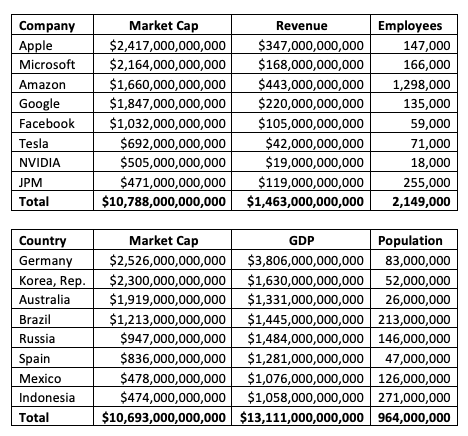Rockbridge works with over 120 medical professionals, most of whom are in the Syracuse area. In addition to the expertise we’ve developed with providers, we have experience working with doctors at FamilyCare Medical Group. The following are two areas we are able to add value for doctors at FCMG.
Agilon Health IPO
This past spring, FamilyCare Medical Group and Agilon Health engaged in a joint venture that among other things provided FCMG doctors the ability to receive shares in an Initial Public Offering (IPO) that took place last April. Those that chose to receive the shares (which was a good idea) received shares at the IPO price of $23/share.
The value of the shares will be treated as earned income in 2021. To address the tax situation, FCMG arranged to pay the tax liability associated with the shares. As part of the arrangement, FCMG issued a promissory note to the Doctors which was delivered in May. You will be obligated to make five December payments, with the first (and very small) one beginning this December and continuing each December through 2025. The interest on the loan is very low at 0.89%.
Going forward it will be up to each physician who received shares to decide on when to sell their holding. All participating physicians have a six-month lockup period from the time of the IPO, meaning you will not be able to sell prior to the middle of October. However, if you sell at that time and the share price is higher than $23, the appreciation will be taxed as a short-term capital gain. Given the current share price of $35 this would be substantial. In making the decision of when (if?) to sell your Agilon shares we think it’s best to weigh the following:
- Sales prior to April 15, 2022 will be taxed as short-term gains/losses. If there is a meaningful gain in the share price this could mean a large tax bill.
- Sales prior to December 31, 2021 will add extra income to an already high income year because of the value of the shares at IPO. This could lead to an unusually large amount of income and a high marginal tax rate. Again, this assumes a decent amount of share appreciation which is currently the case.
- It is never good to have too much concentration risk associated with any one holding especially when it’s your employer. Holding 10%+ of your net worth in a single stock is more concentration risk than prudent investment management would recommend.
- You do work there and may have strong conviction about the health of the company that could sway your investment decision which isn’t necessarily a bad thing.
Before coming up with a concrete recommendation for any individual we’d want to weigh all the above in addition to your whole financial picture. That said, as long as the shares are at a decent gain, we probably will recommend holding them for the full year to and then selling a good chunk once the gains become long-term next April.
401(k) Investment Options
The FCMG 401(k) at Voya has a few very good investment options. These are well diversified and low-cost index funds. The plan also has several choices that come with above average fees we would want to avoid. The most notable of which are the Target-Date Funds from American Century which charge an average of 0.85% and have underperformed their benchmark over the last 10 years by about 1%.
Most 401(k) plans are designed to make Target-Date funds the default investment option for new employees. This is generally a fine option as they provide broad diversification and adjust the asset allocation for investors who don’t want to be hands on.
However, a knowledgeable investor can replicate a Target-Date fund using the index fund options for a fraction of the cost. By combining the four Vanguard index options and the Voya Fixed Account you can get the same exposure at only 0.05%. This also gives you the advantage of having the Voya Fixed Account which is providing a guaranteed 3% return, greater than any comparable investment grade bond fund.
How much is 0.80% in annual savings worth? Assuming you maximize 401(k) contributions for 25 years, your portfolio will grow in value to be $355,000 more by going with the lower cost investment options.
Furthermore, Target-Date funds are a one size fits all approach that may not align with your broader financial situation and your investment objectives for your money. In your plan, Target-Date funds are easy but probably not best.
In addition to our areas of expertise with FCMG, we provide comprehensive investment advice and investment management services for all facets of your financial life. If you’d like to learn more about how Rockbridge can help you achieve your financial goals, please reach out.



